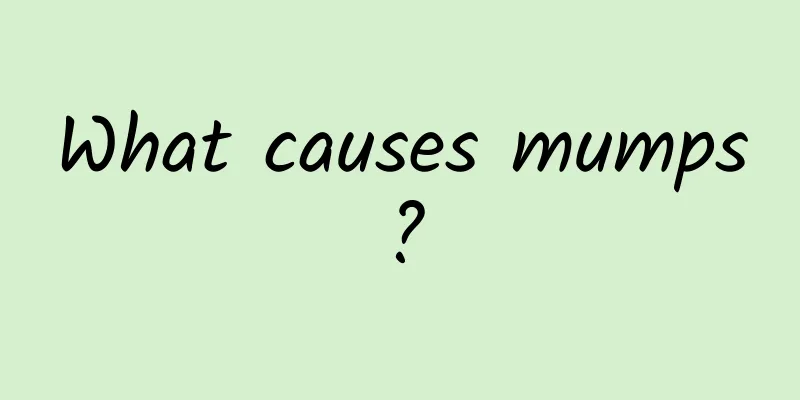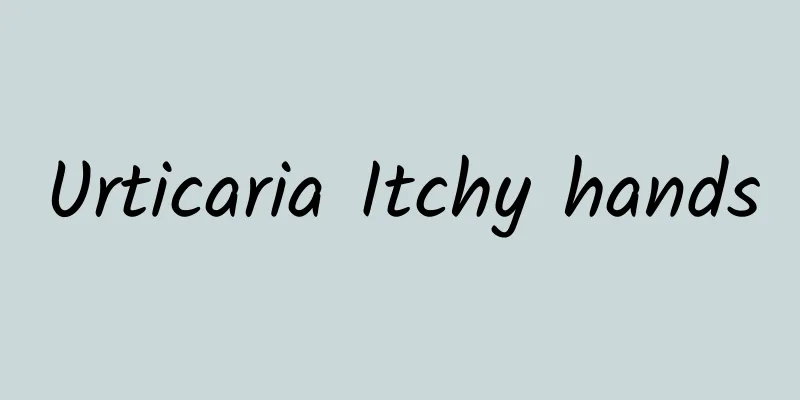Immunoglobulin for urticaria

|
Urticaria is a very common skin disease. It usually does not last long and may disappear in a few hours or a few days. But in some special cases, it may even last for a month. The cause of urticaria is complex and the cause cannot be found in most patients. It is important to choose the appropriate method for treating urticaria. Immunoglobulin treatment of urticaria is a typical treatment. The specific choice depends on the condition. Let’s take a look at the main treatments for urticaria. 1. General treatment Because the causes of urticaria vary, the treatment effects are also different. The specific treatment measures are as follows: (1) Eliminate the cause. Every patient should strive to find the cause of the attack and avoid it. If the cause is infection, the infected lesions should be treated actively. If the allergy is caused by drugs, the allergy medication should be stopped; if the allergy is caused by food, find out the allergic food and do not eat this food again. (2) Avoid inducing factors. For example, for cold urticaria, you should keep warm; for acetylcholine urticaria, you should reduce exercise, sweating and mood swings; for contact urticaria, you should reduce the chance of contact. 2. Medication (1) Antihistamine drugs ①H receptor antagonists have strong anti-histamine and anti-other inflammatory mediator effects and are effective in treating various types of urticaria. Commonly used H1 receptor antagonists include diphenhydramine, cyproheptadine, chlorpheniramine, acrivastine, cetirizine, mizolastine, loratadine, ebastine, azelastine, desloratadine, etc.; when single treatment is ineffective, two different types of H1 receptor antagonists can be used in combination or in combination with H2 receptor antagonists. Commonly used H2 receptor antagonists include cimetidine, ranitidine, famotidine, etc. It is effective for acute, chronic urticaria and cold urticaria. Dosage varies from person to person. ② Doxepin is a tricyclic antidepressant that is particularly effective for chronic urticaria and has fewer adverse reactions. Doxepin is a better choice of drug for patients with urticaria who are not responsive to traditional antihistamines. (2) Drugs that inhibit mast cell degranulation and reduce histamine release ① Meta-hydroxyisobutyrine sulfate is a β2 adrenergic receptor stimulator that can increase the concentration of cAMP in the body, thereby inhibiting mast cell degranulation. ② Ketotifen inhibits mast cell degranulation and prevents the release of inflammatory mediators (such as histamine, slow-reacting substances, etc.) by increasing the concentration of cAMP in the body. Its suppressed. It is stronger and faster than sodium cromoglycate and can be taken orally. ③Sodium cromoglycate can block the binding of antigen and antibody and inhibit the release of inflammatory mediators. If used in combination with glucocorticoids, the dosage of the latter can be reduced and the therapeutic effect can be enhanced. ④ Tranilast reduces the release of histamine by stabilizing the mast cell membrane. (3) Glucocorticoids It is a second-line drug for the treatment of urticaria. It is generally used when severe acute urticaria, urticarial vasculitis, pressure urticaria are ineffective with antihistamines, or when chronic urticaria is severely stimulated. It is given by intravenous drip or orally, and long-term use should be avoided. Commonly used drugs are as follows: ① prednisone; ② triamcinolone; ③ dexamethasone; ④ diprosone. In emergency situations, hydrocortisone, dexamethasone, or methylprednisolone is given intravenously. (4) Immunosuppressants When patients with chronic urticaria have an autoimmune basis, the disease recurs, and the above treatments cannot achieve satisfactory results, immunosuppressants can be used. Cyclosporine has a good therapeutic effect. Azathioprine, cyclophosphamide, methotrexate and immunoglobulin can all be tried. Tripterygium wilfordii also has a certain therapeutic effect. Due to the high incidence of side effects of immunosuppressants, they are generally not recommended for the treatment of urticaria. In addition, drugs that reduce vascular permeability, such as vitamin C, vitamin P, calcium supplements, etc., are often used in combination with antihistamines. If it is caused by infectious factors, appropriate antibiotics can be used for treatment. |
<<: What does low myoglobin mean?
Recommend
What is the examination method for lumbar muscle strain?
With the increasing pressure in modern society, m...
What happens if you eat ice cream during your period?
Women's menstrual period is a special period....
Causes of Rheumatoid Arthritis
Rheumatoid arthritis is a common disease among yo...
The old man can't straighten his back
https://static.cndzys.com/20161017/8728c686a6a9b78...
The best way to treat tinea pedis, traditional Chinese medicine remedies to say goodbye to athlete's foot
Tinea pedis, which is commonly known as athlete&#...
Symptoms of scapula bursitis
Scapular bursitis is a common disease. We know th...
What are the factors that cause mild hypoxic-ischemic encephalopathy in children?
Hypoxic-ischemic encephalopathy in babies is a ne...
A quick way to relieve itching during pregnancy
Pregnant women have more body secretions after pr...
Herpes simplex virus encephalitis can be treated with three methods
Herpes simplex encephalitis is a common disease i...
Astragalus and Cynomorium Soaked in Water
Astragalus and Cynomorium songaricum are both com...
Causes of bilateral choroid plexus cysts
It is well known that bilateral choroid plexus cy...
Acute suppurative thyroiditis
The thyroid gland plays an important role in our ...
What to do if your teeth feel numb and sore
Many people have experienced the symptom of tooth...
How to prevent vitiligo
If you have vitiligo, you must receive timely tre...
What to do if your legs are swollen during pregnancy
If your legs become swollen during the second tri...









